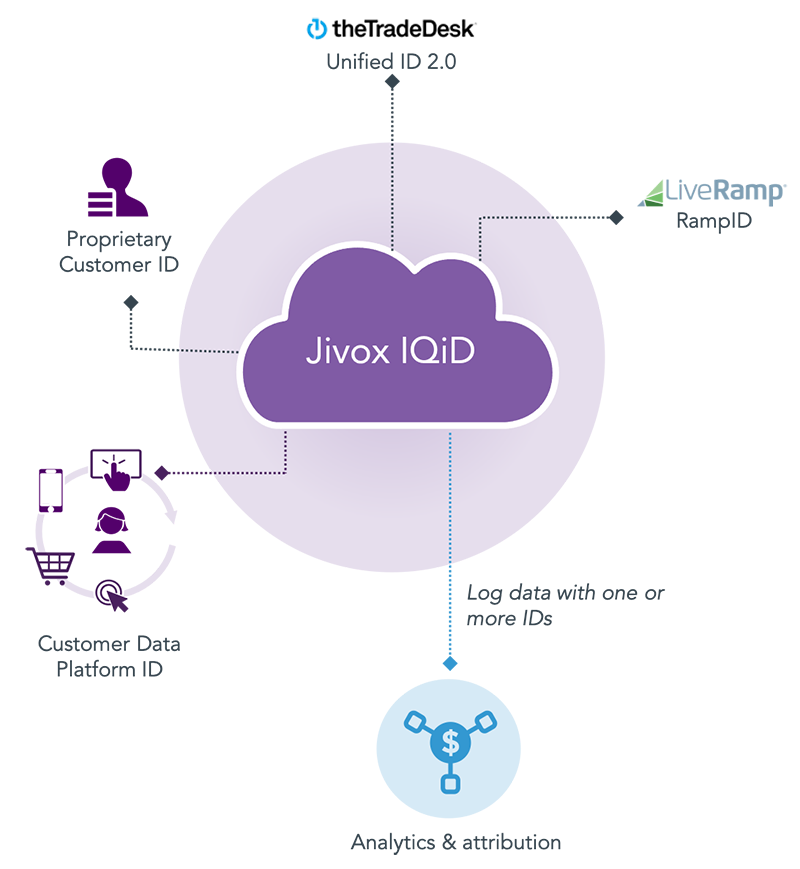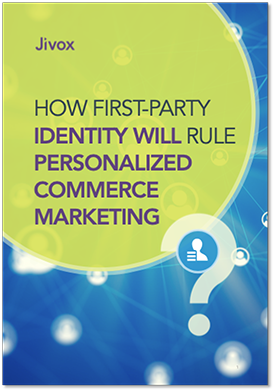IQiD First-Party
Identity Graph
What is it? Why now?
How does it work?
Get Ready For A Post-Cookie World
The digital advertising industry is at a pivotal stage. Third-party cookies, which have been used for collecting data from customers often without their consent, will be completely deprecated by the end of 2024. What does this mean for brands seeking to personalize creative? What can marketers do?
Adopt A User-Consented
Approach To Personalization
 |
Keep all customer data within your brand’s domain Unlike other platforms that run outside the brand’s firewall, IQiD runs within your brand’s domain, ensuring that your customer data is never shared with any external third-party vendors. |
 |
Remove dependence on third-party cookies IQiD allows you to personalize messages using consented data given by your own customers, reducing all dependence on third-party cookies. |
 |
Use multiple first-party identities Leverage data from multiple first-party identifiers such as LiveRamp’s RampID, Unified ID 2.0 or your own custom ID to serve the most relevant messages to customers across devices and channels |

Build Trust With An Ecosystem Based On First-Party Identity
With IQiD, you can leverage first-party data from multiple sources to build trust with your customers and gain insights on their behavior and preferences through a reliable pool of data about them.
Here are ways to combine trusted identity data:
- Industry-leading identity solutions such as LiveRamp’s RampID and Unified ID 2.0
- Customer Data Platforms that the brands choose to work with
- Proprietary customer IDs developed in-house by brands
“What is elegant about the Unified ID approach is that each party in the ecosystem, in order to identify the consumer, also must have direct consumer consent with his/her email address provided to the publisher or brand. This again ensures that only consented data can be used for personalization.”
–Diaz Nesamoney,
Founder, President & CEO, Jivox

Learn More About Identity
Blog
The Future Of Identity Post Google
Learn what Google’s announcement about cohort-based advertising means for identity-based personalization.
On-Demand Webinar
Identity And Personalization In A Post-Cookie World
Here’s what brands need to know as digital marketing transitions into a post-cookie world.
On-Demand Webinar
Dynamic Creative Optimization (DCO) Accelerated
Forrester’s former VP, Joanna O’Connell and Jivox’s Diaz Nesamoney discuss identity, FLoC, and what this means for 1:1 personalization.
See It In Action!
Ready to jump start your personalization journey using first-party data? Get in touch and speak with one of our experts.
